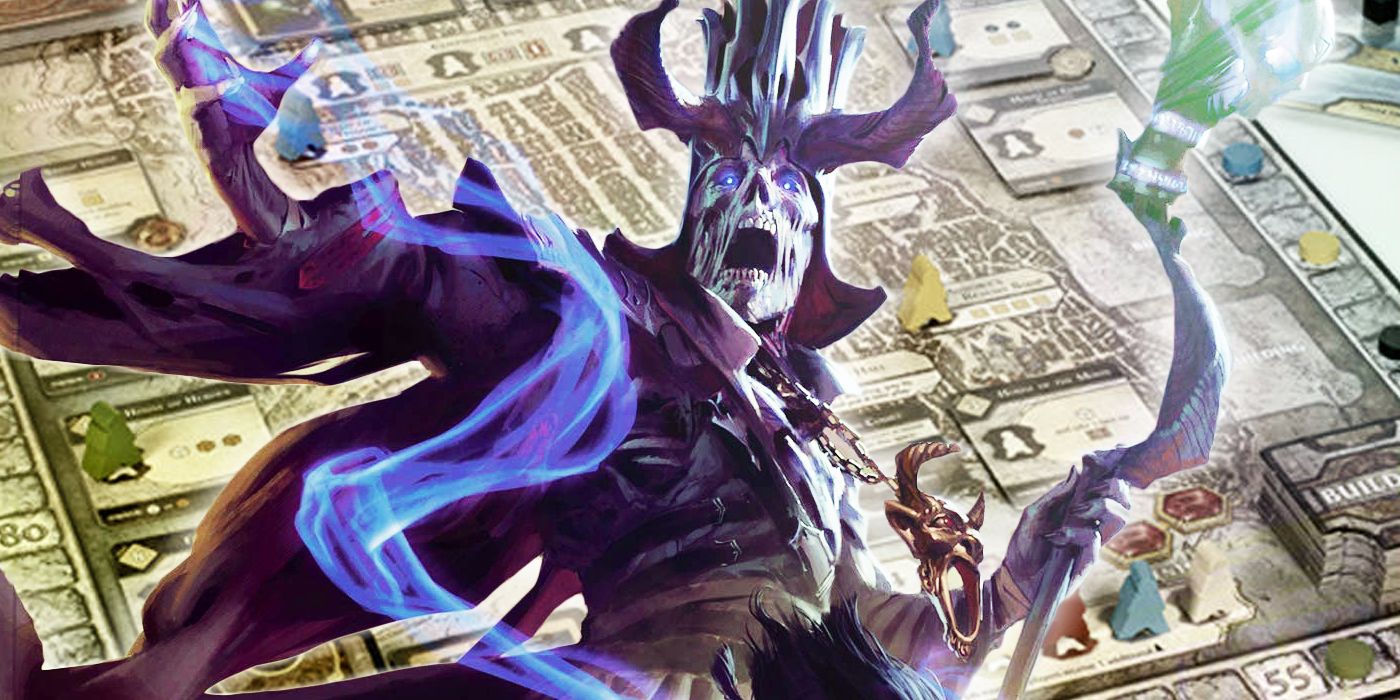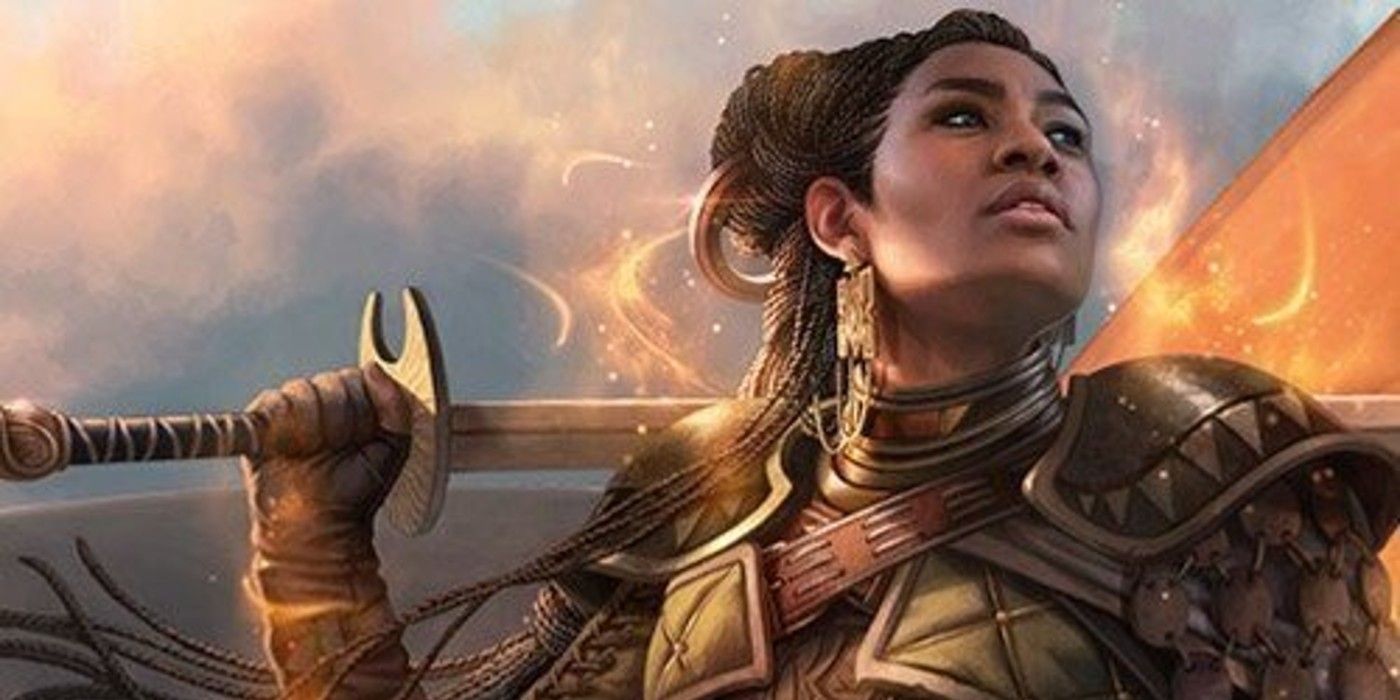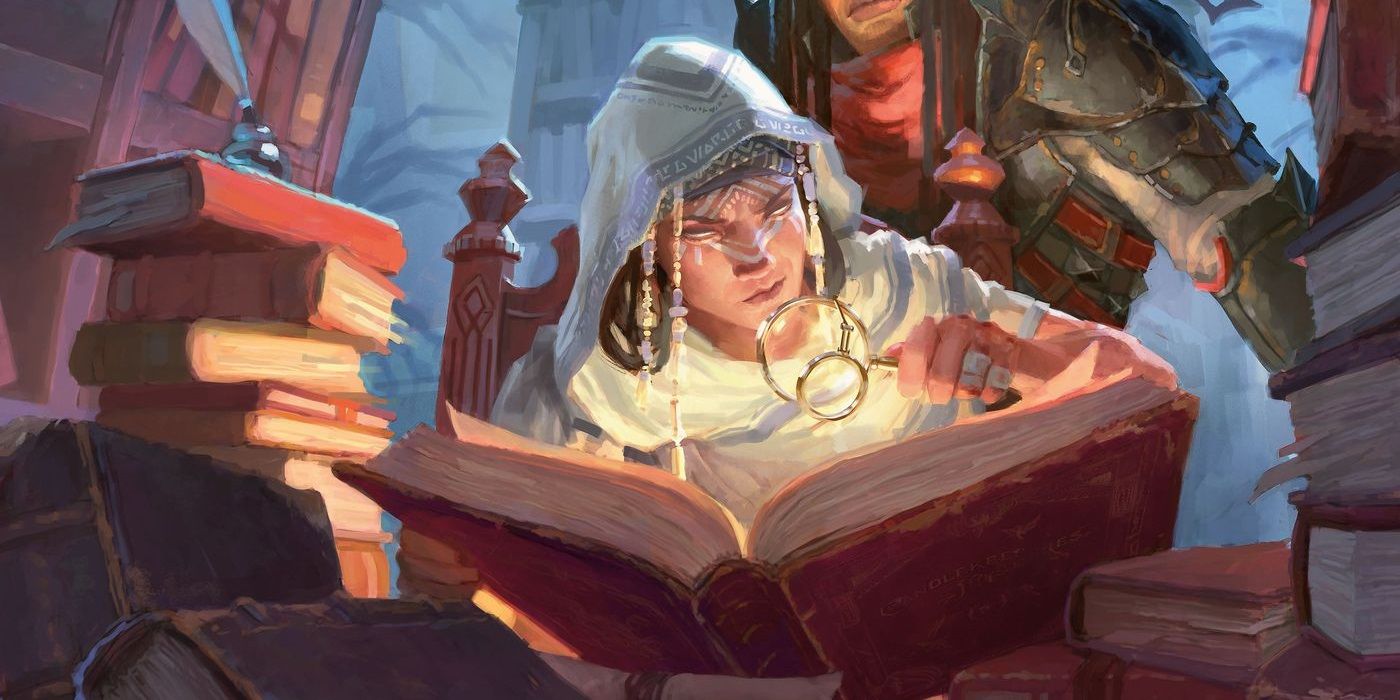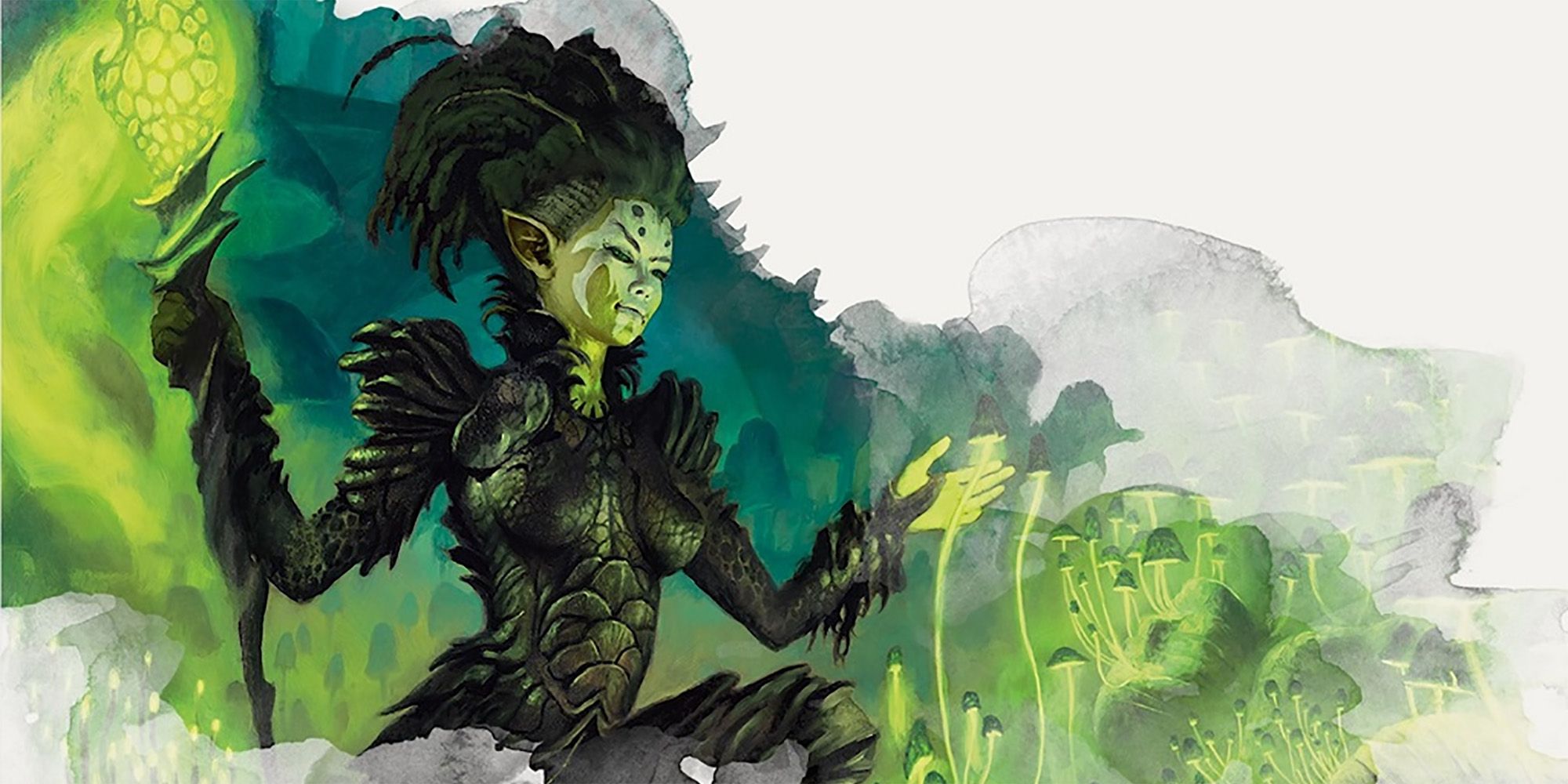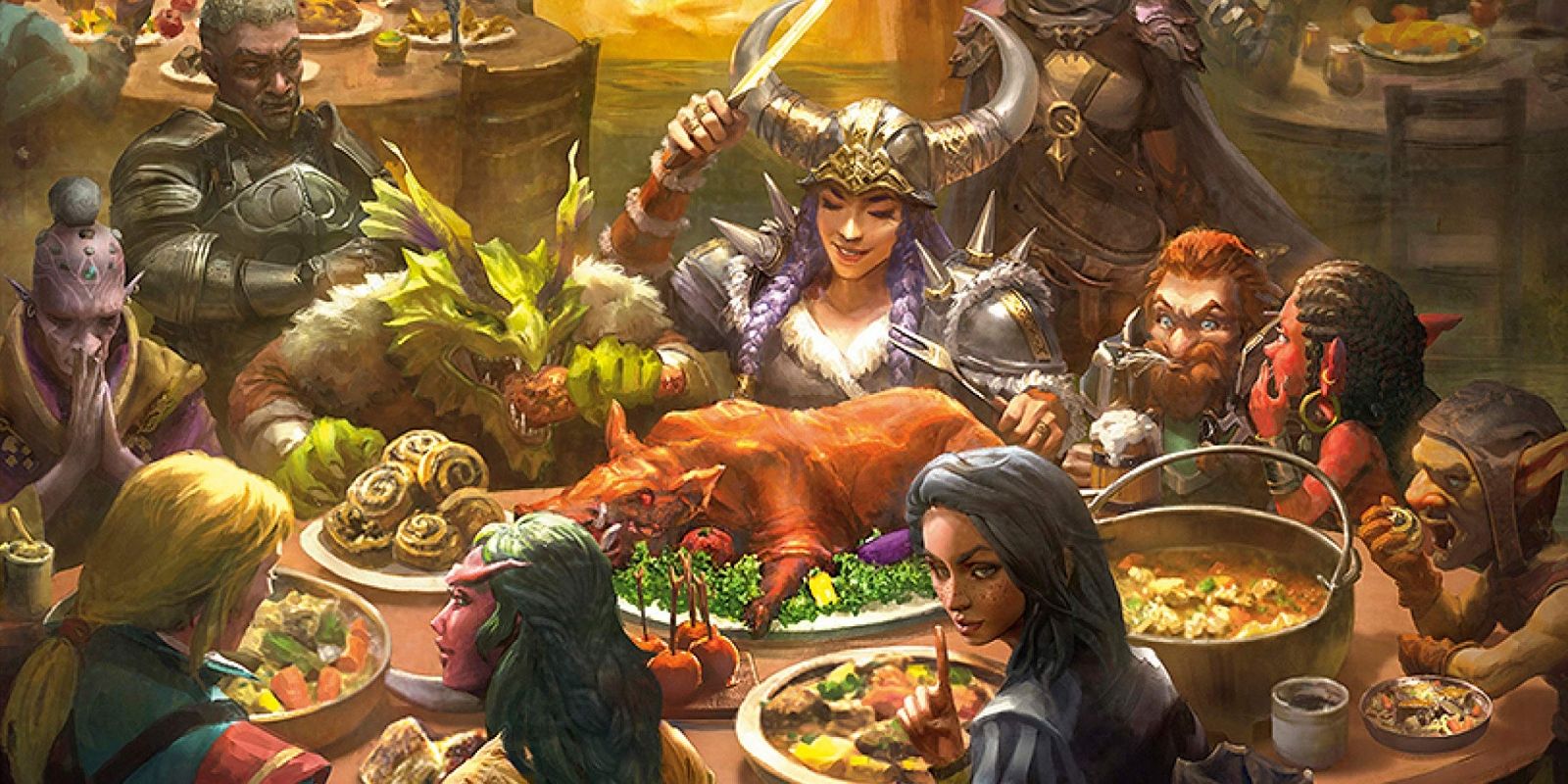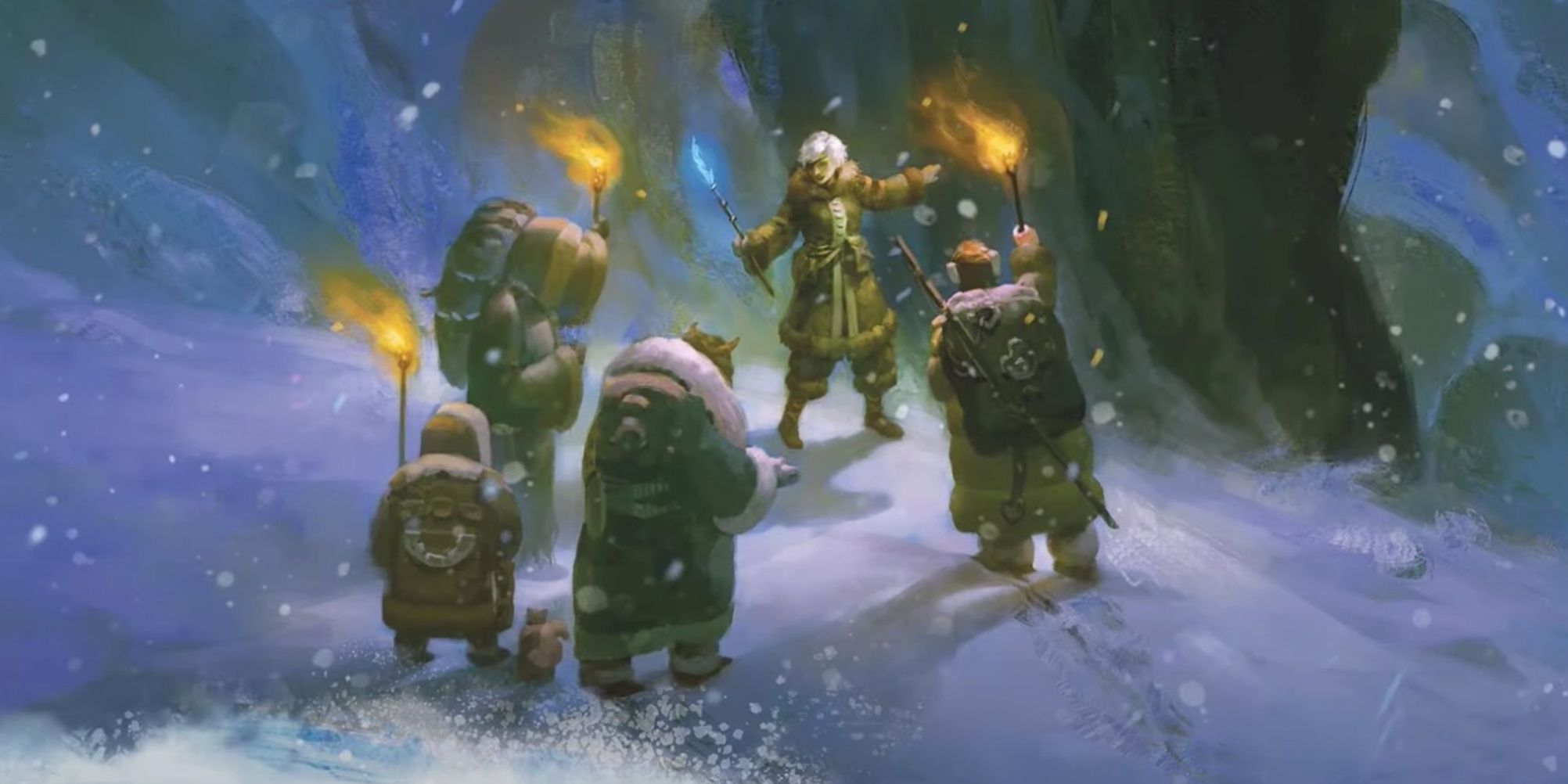Whether it's world-building, character creation or puzzle crafting, there's a never-ending list of things that have to be accounted for when preparing for and running a session of Dungeons & Dragons. With the sheer amount of things to keep track of, it's no wonder that even the best Dungeon Masters will occasionally skimp on environmental descriptions.
However, setting the scene is incredibly important in a game like D&D where imagination does most of the heavy lifting. While it can be difficult, approaching descriptions by using the five senses is a clear way to make this easier for DMs and more immersive for players.
How DMs Can Use Sound
In the real world, a person will often hear something before they see it come into view. Sound is an incredibly versatile method of conveying the dread of an environment, particularly when it comes to a horror-themed campaign. While a DM may not be able to drop a musical theme or jingle to alert the party a big bad is approaching, audio cues (or at the very least, descriptions) may get a group's guard up. Give your villain a unique sound that the party will learn to fear, such as the step-and-click of a peg leg or the clicking of claws against the floor.
Alternatively, mentioning the absence of sound can convey a hidden threat, increasing tension. An uncomfortable level of silence often precedes a major scare or can increase anxiety before a major battle.
How DMs Can Use Sight
A good DM is undoubtedly going to use sight to convey the size and shape of an object, but there are ways to help players make sense of what they're supposed to be envisioning. Instead of describing something with dimensions, it's best to use familiar frames of reference that players can easily visualize. For example, the dragon the party is fighting may be pushing 200 feet long, 50 feet wide and 60 feet tall, but a better visual description would be to compare it to a large blimp or plane.
Sight also shines when there are no other senses available. Color for example, can be an excellent tool for conveying intent and emotions, particularly during moments when no one is speaking. Instead of telling players exactly what an NPC is thinking, describe their face turning red and let them infer anger or embarrassment based on context.
How DMs Can Use Smell
While often neglected in favor of sight and sound, describing smells can really establish and immerse players in an environment. It can also be used to convey who an NPC is as well as any voice or accent. For example, saying "the smell of rum and sea water permeates the air long before you see them" is the perfect way to introduce a pirate. Using scents to describe a character is a great way to give them depth and history without outright explaining too much -- like saying a villain who hails from a swamp land may never get the bog smell out of their clothes.
How DMs Can Use Taste
Likely the most underutilized tool when it comes to describing an environment, the sense of taste is likely only used to describe food that is especially good or bad. However, taste presents some unique opportunities to create puzzles. Presenting clues to a party via food is a more intimate experience -- and describing a disgusting flavor will likely evoke a strong, honest reaction, prompting further role-playing opportunities.
Taste can also be used for things aren't traditionally ingested. Air, for example, can taste musty or stale in a dungeon that hasn't been touched in centuries. It may also come into play during combat, such as when an enemy covered in armor lands a hit on a player character. Descriptions like "You taste the steel of his armor, followed by the flavor of copper as the knight's fist collides with your face, breaking your nose" provide a much more visceral experience than a simple "He punches you."
How DMs Can Use Touch
While generally used to describe the surface of an object or a new weapon, the sense of touch can be used to make a session even more immersive. Touch can help establish how a new environment differs from what the party is used to. For example, vividly describing a place's temperature can really enhance the feeling of trekking through a hot desert or a frozen mountaintop.
Describing feelings can also be helpful in combat. Not only could a DM describe the pain of an enemy landing a physical blow, but they could also describe the heat of a fire attack or shock of an electric one. This will help make players feel like they are really there as their character, raising the stakes when facing victory or defeat.

